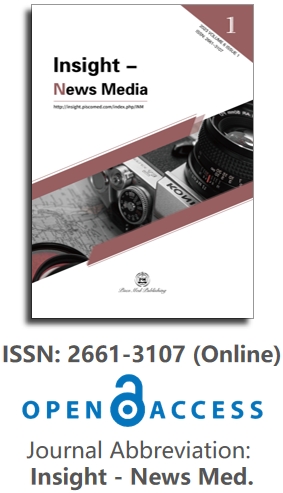Mapping fake news and misinformation in media: A two-decade bibliometric review of emerging trends
by Vijesh Vijayan, Temin Thomas, Princy D. Nellanat
Insight - News Media, Vol.8, No.1, 2025;
471 Views,
174 PDF Downloads
The rapid proliferation of fake news and misinformation poses significant challenges to media trust, public decision-making, and societal cohesion in the digital age. This study employs a bibliometric analysis to systematically map the scholarly landscape surrounding fake news and misinformation across media platforms, focusing on social media’s pivotal role in shaping public perception and trust. Utilizing data from the Scopus database, the study analyzes 560 documents published between 2005 and 2025, uncovering trends in annual scientific production, leading sources, author contributions, and geographical distribution. Key bibliometric indicators, including keyword co-occurrence networks and collaboration patterns, are visualized using Biblioshiny and VOSviewer to highlight emerging themes and interdisciplinary intersections. Findings reveal a sharp increase in research output after 2016, driven by global events such as the U.S. presidential election and the COVID-19 pandemic, underscoring misinformation’s societal impact. Geographical analysis highlights dominant contributions from the United States and Spain, alongside emerging research hubs like Brazil. The analysis further identifies key institutions, such as the Aristotle University of Thessaloniki and the University of Vienna, leading the global effort to address misinformation. Despite notable advancements, critical gaps remain in exploring misinformation within non-Western contexts and non-English academic literature. This study underscores the need for inclusive, interdisciplinary research to address misinformation’s global implications, ranging from public health crises to electoral integrity. Mapping the academic discourse offers actionable insights into the dynamics of misinformation and supports strategies to foster a more informed and resilient society. The findings hold profound relevance for policymakers, researchers, and media professionals, emphasizing the urgency of combating misinformation to safeguard democratic values and societal trust in the digital era.



 Open Access
Open Access.jpg)

